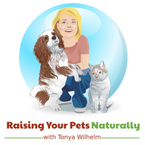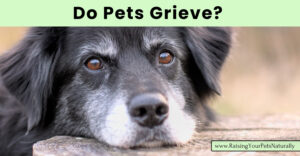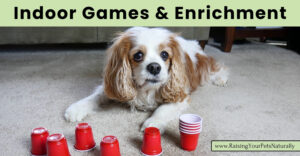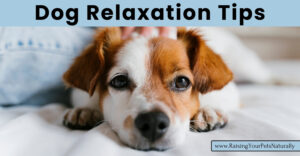Google Adsense—>

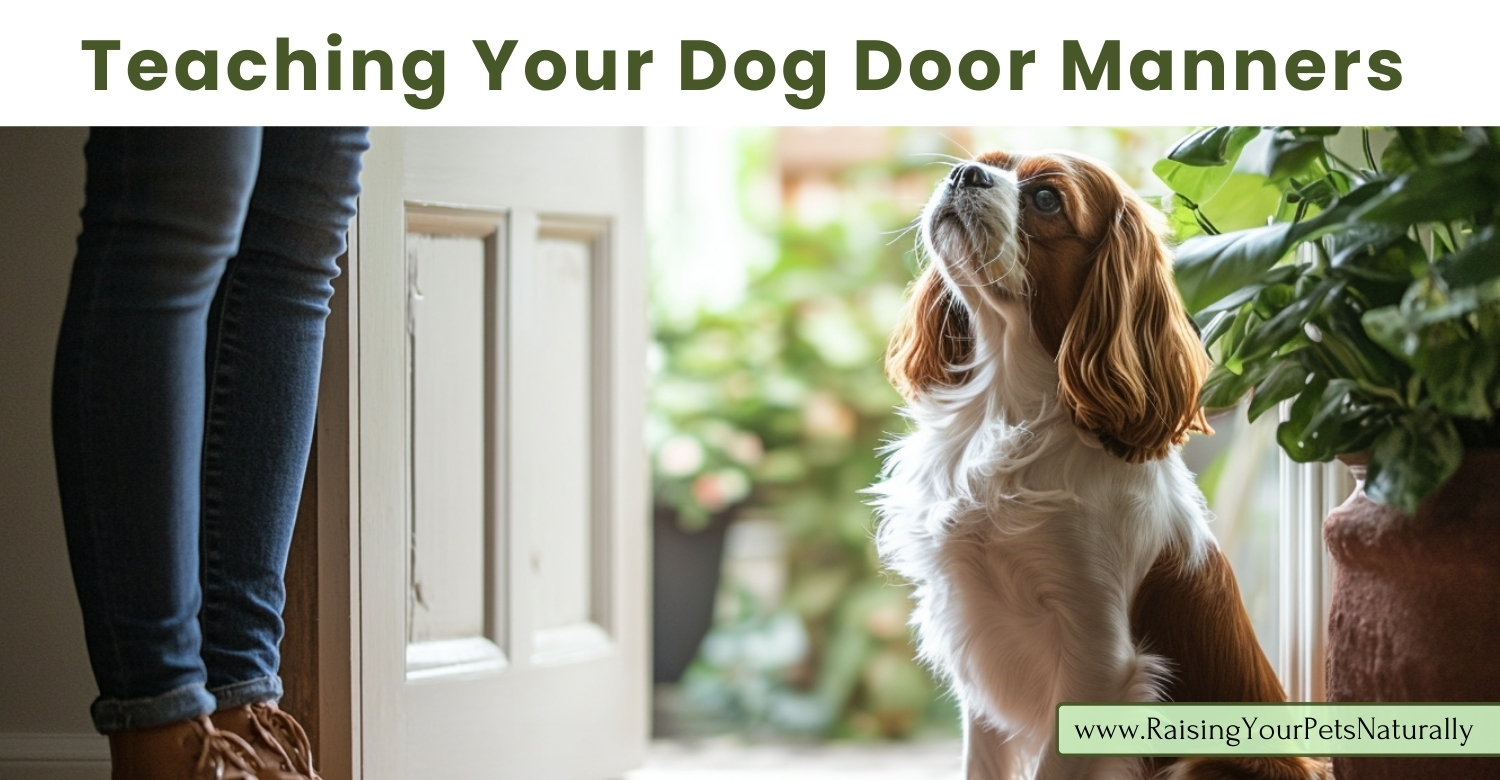
As a professional dog trainer, I often receive questions from dog families struggling with various behavior issues. One common challenge is helping a dog stay calm when going outside. Whether it’s the excitement of the outdoors or anxiety about what’s beyond the door, this can be hard to deal with. Today, I want to offer some practical and positive strategies for helping your dog remain calm when going out the door.
Let’s start with a scenario shared by Dina. “My boys get over excited about going out. The barking is horrible. I’ve tried everything. Do you have any suggestions?”
This is a common situation, and it can be frustrating for both you and your dog. The key here is to focus on reducing the dog’s excitement before stepping outside. When dogs are too excited, they struggle to think clearly and respond to cues, which is why it’s important to help them learn how to calm down, and BREATHE and THINK before opening the door.
1. Start Indoors
Before even reaching for the leash, it’s essential to teach your dog that calm behavior is the ticket to going outside. Begin by having your dog sit near the door. Reward him with a tasty treat. If he gets up or becomes excited, wait for him to settle again. You might need to repeat this several times, but patience is key. This process helps your dog understand that only calm behavior will lead to the next step. If it seems too challenging, go farther away from the door. You want your dog to be successful.
Before going to step two practice this at various times of the day. This helps desensitize your dog to the door, meaning he’s learning that sitting by the door, does not mean he’s going out the door. By doing this, you will slowly make the door not as exciting.
2. Leash Up with Calm
Once your dog is able to sit calmly, slowly reach for the leash. If he starts to get excited, wait for him to settle down. You may even need to put the leash down and walk away a few times until he realizes staying calm is the only way the walk will happen. Work toward attaching the leash. As long as your dog is calm—he doesn’t have to be a statue—continue your approach of attaching the leash to his harness. If he gets wound up, stop.
I would also recommend doing this routine at other locations in the house, to desensitize your dog to the leash, like you are working on teaching him the door isn’t as exciting. In other words, a leash does not always mean a walk.
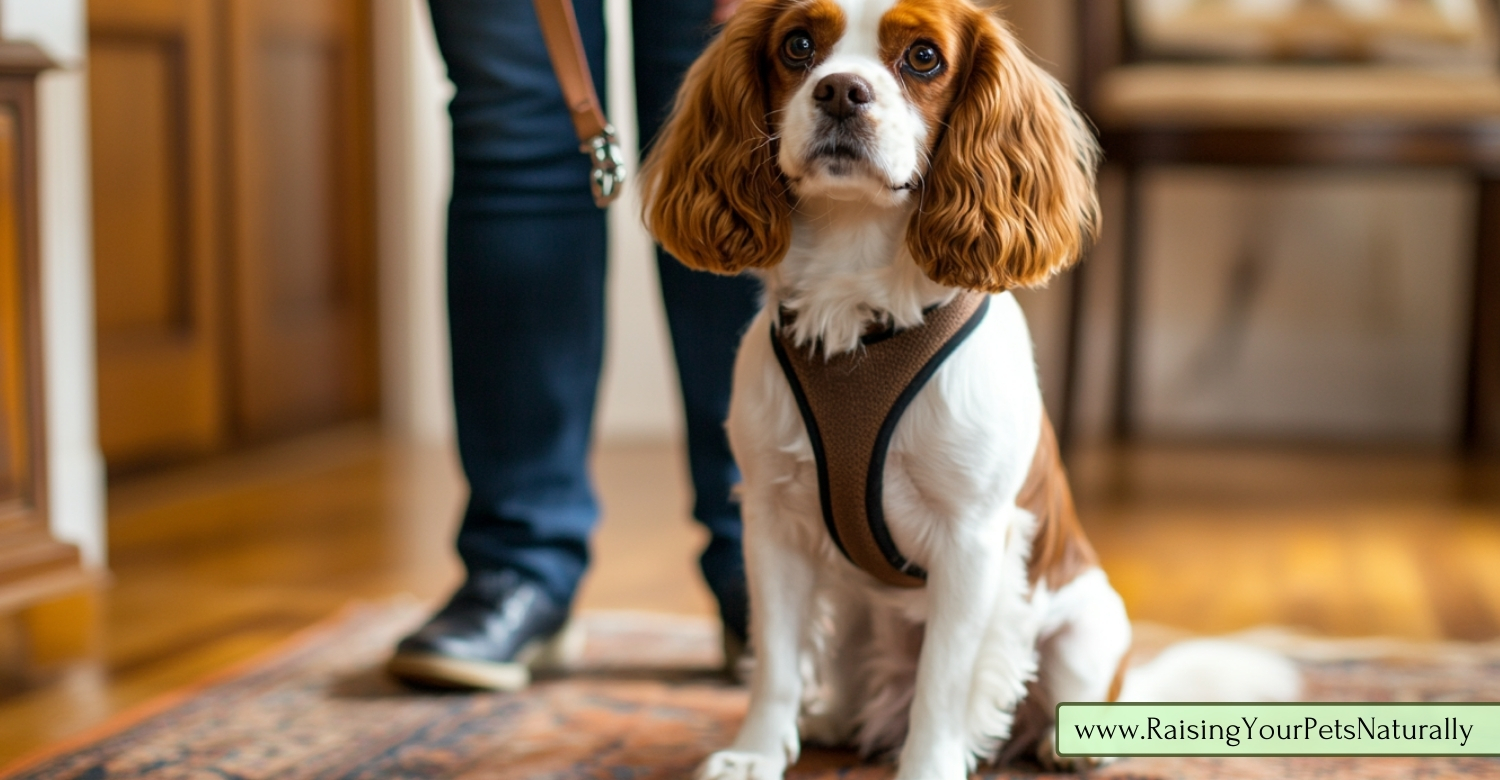
3. Practice the Door Routine
Now that your dog is calm with the leash on, the next step is approaching the door. Again, ask him to sit and reward him. Open the door a crack, and, if he remains calm, praise him and give him a treat. If he starts to get excited, close the door and wait for calm behavior. This teaches your dog that the door opening doesn’t automatically mean he gets to rush outside.
Don’t forget to subscribe to @RaisingYourPetsNaturally for more free videos!
4. Step Outside Slowly
When your dog is calm at the door, it’s time to step outside. Open the door fully, and, if he remains calm, you can proceed. If he rushes or becomes overly excited, step back inside and repeat the process. It’s important that your dog is learning calm behavior is the only way to enjoy the outdoors.
5. Reward Calm Behavior
As you start your walk, keep an eye on your dog’s behavior. Reward him with treats, praise, or a favorite toy whenever he stays calm. If he begins to get too excited, stop and wait for him to calm down before continuing. It’s all about teaching your dog that slowing down gets him what he wants.
Tips for attaching the leash.
6. Use Positive Reinforcement
During your walk, if your dog starts to pull or becomes too excited, stop walking and wait for him to calm down. Once he does, praise him and continue the walk. Over time, he’ll learn that pulling or becoming overly excited won’t get him what he wants, but staying calm will.
7. Practice Makes Perfect
Remember, these changes won’t happen overnight. Consistent practice and patience are necessary for your dog to learn that calm behavior leads to outdoor fun. The more you practice, the better he’ll become at managing his excitement.
All of these training scenarios can be taught separately throughout the day. And, honestly, if you practice daily, it won’t be that long before your dog understands the more desirable behavior.
Synergy. Make sure your dog’s daily needs are met.
8. Getting Out the Door Now
It’s going to take time to teach your dog to be calm at the door and going outside. So, what is a dog family supposed to do in the meantime? My first answer is, can you change the routine? Leash up your dog when they aren’t expecting it, use lots of treats, behaviors they know such as sit, watch, spin, and work your way to the door or, even better, a different door. If you keep your dog focused on a different task, it can help during the training process.
With puppies that go crazy getting out of the crate, I have them do cookie trails. Drop treats on the floor, leading up to the door, so your dog is searching and eating his treats vs. barking and going crazy at the door.
9. You’ll Get There
I know, it seems like a lot, but it works really well! And it happens quicker than you may expect if you are practicing and not allowing your dog to rehearse the behavior you are trying to change. You and your dog deserve to enjoy every moment of your walks together.
Share your experiences and tips in the comments below!
Are you looking for even more ways to stay up to date with Raising Your Pets Naturally? Sign up for the newsletter for more tips and promotions. Don’t forget to be social and Like, Follow and Subscribe.
Facebook Twitter Pinterest Instagram YouTube
 |
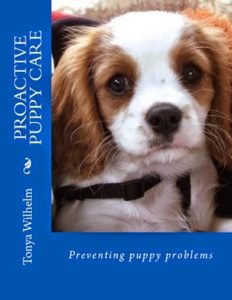
Proactive Puppy Care: Preventing Puppy Problems |
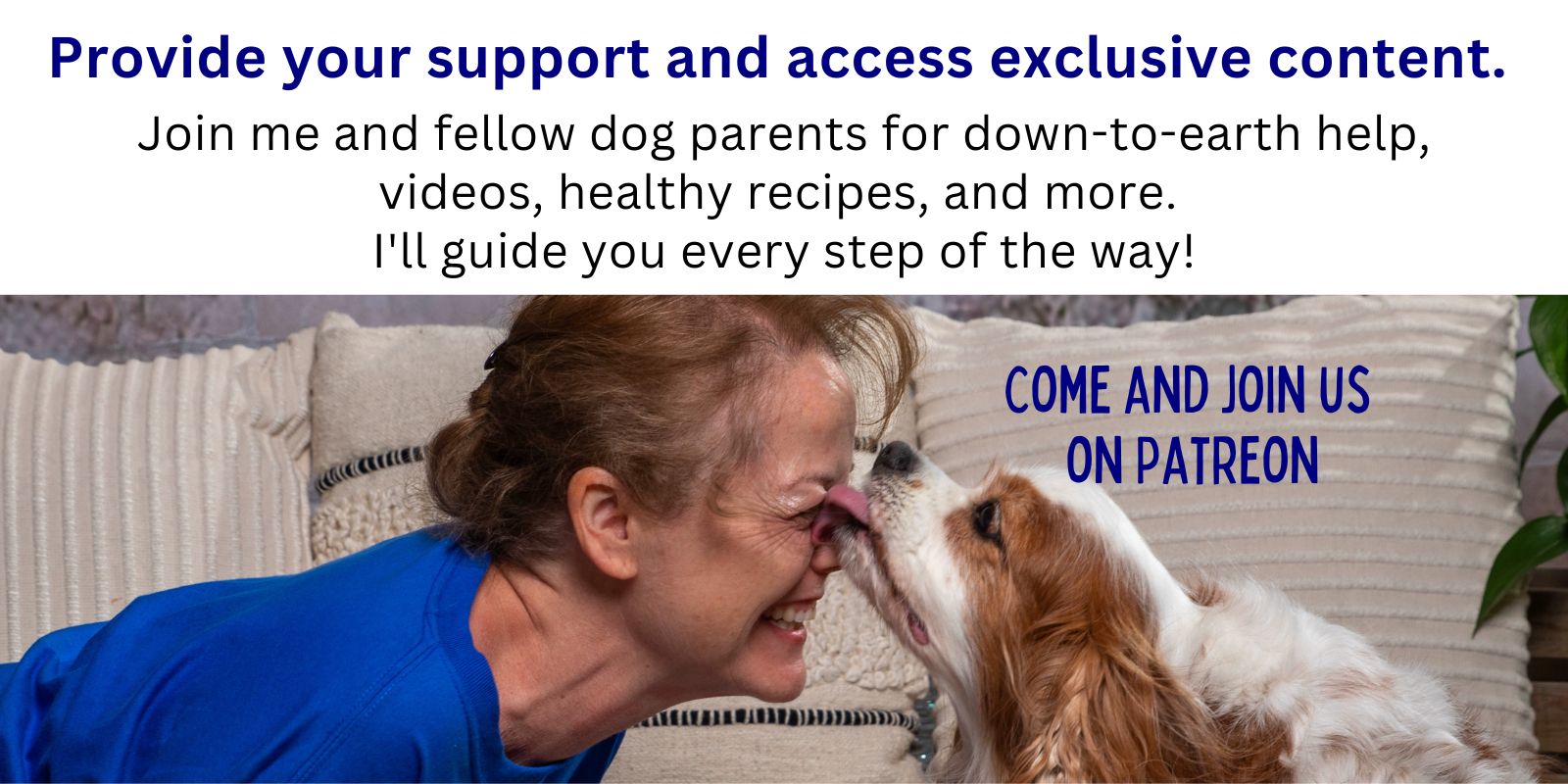
Google Adsense—>
